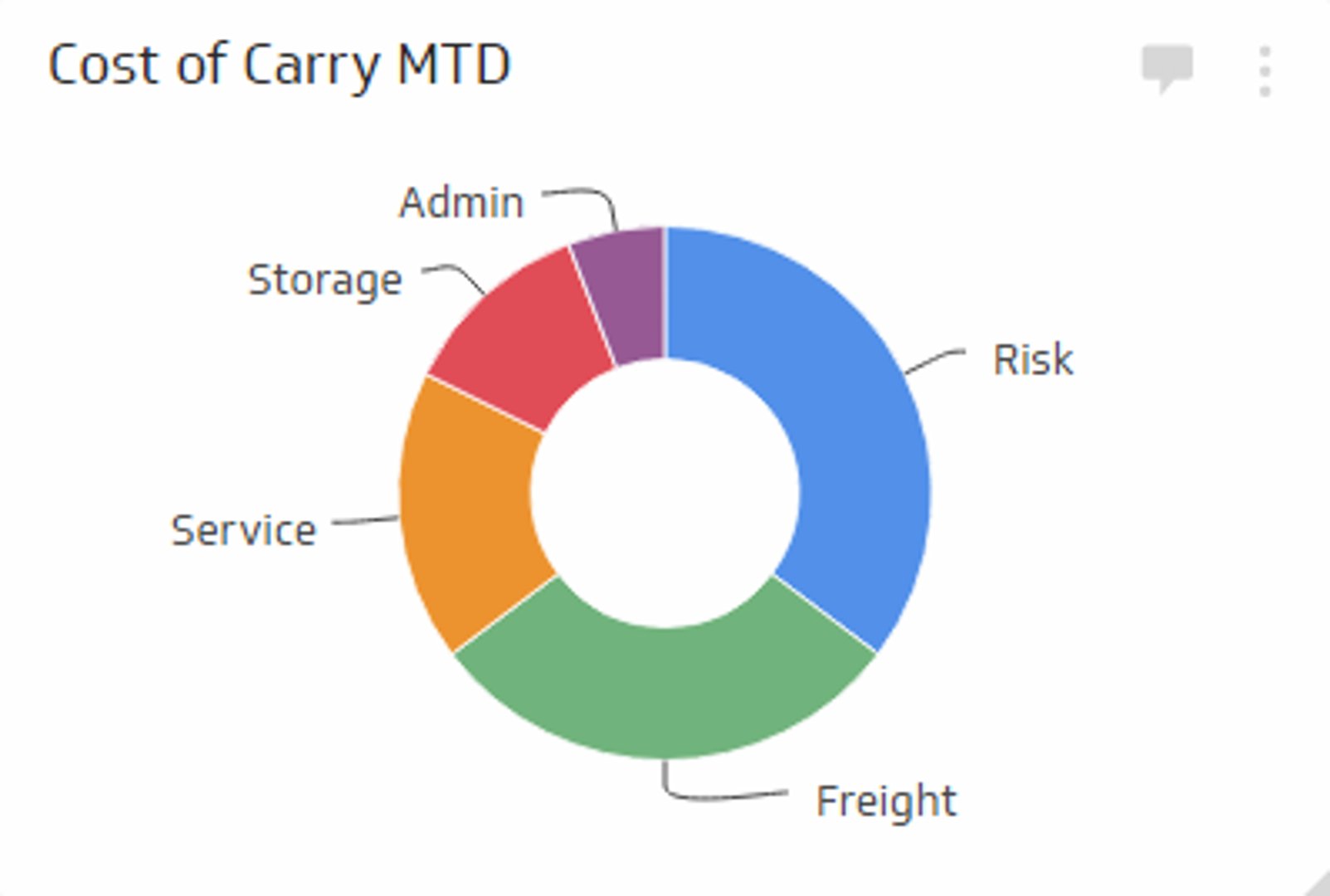Inventory to Sales Ratio
Measure the amount of inventory you are carrying compared to the number sales order being fulfilled.
Track all your Supply Chain KPIs in one place
Sign up for free and start making decisions for your business with confidence.

What is Inventory to Sales Ratio?
The Inventory to Sales Ratio metric measures the amount of inventory you are carrying compared to the number of sales orders being fulfilled. A lower ratio indicates that a company is effectively converting inventory into sales, while a higher ratio suggests excess stock or potential issues with product demand.
Regularly monitoring this ratio helps businesses optimize inventory levels and improve overall operational efficiency.
How to Calculate Inventory to Sales Ratio
The formula for calculating the Inventory to Sales ratio is:
Inventory to Sales Ratio = (Inventory Level) / (Net Sales)
Inventory to sales is useful as a barometer for the performance of your organization and is a strong indicator of prevailing economic conditions and your ability to weather unexpected storms. This metric is closely tied to your inventory turnover ratio and, when taken together, speaks to the financial stability of your organization. It's important to note that the cost of carrying inventory means you want to sell your inventory as quickly as possible. Use the Cash-to-Cash Cycle Time formula to calculate how fast you receive payment for your inventory on average.
Key terms
- Inventory turns: The number of times a years all inventory is sold.
- Cost of carry: Expenses associated with storing inventory, such as leasing, climate control, and administrative costs.
Success indicators
- A low or dropping inventory to sales ratio.
Monitoring Supply Chain KPIs on a Dashboard
Once you have established benchmarks and targets for Inventory to Sales Ratio, you’ll want to establish processes for monitoring this and other supply chain KPIs.
Dashboards can be critical in this regard. A well-designed supply chain dashboard consolidates crucial data from various sources and presents it in an easily digestible format. This enables decision-makers to quickly gain an overview of their supply chain performance and identify any potential areas of improvement.
Related Metrics & KPIs


